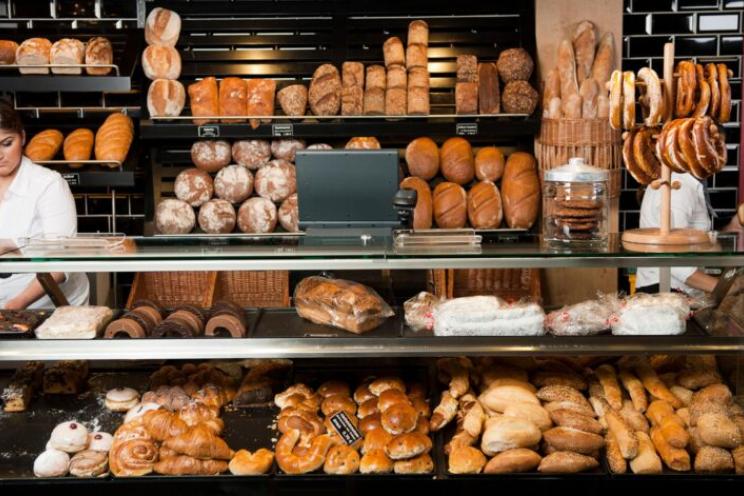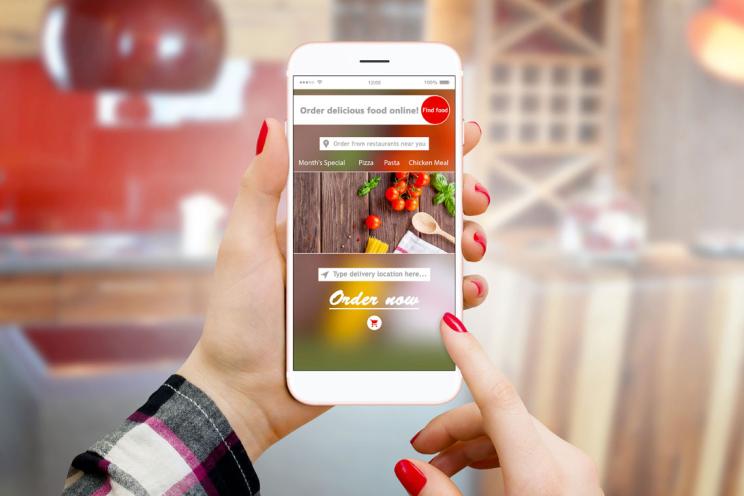
How can understanding restaurant demographics boost sales?
Running a successful restaurant goes beyond just serving delicious food; it's about creating an experience that resonates with your target audience. Restaurant operators should know their customers and get closer to them with personalized menus and service. That’s how a deeper understanding of your target audience is crucial for driving sales and achieving sustained growth.
This is where restaurant demographics come into play. By analyzing and comprehending the demographics of your customers and by delving into the characteristics, preferences, and behaviors of your potential customers, you can tailor your offerings, marketing strategies, and overall experience to better meet their needs and preference and create a loyal customer base.
What are restaurant demographics?
Restaurant demographics refer to the quantifiable characteristics of your target customer base, including age, gender, income level, education, marital status, and cultural background of your customer base. These data points provide insights into the diverse group of individuals you aim to serve, who your customers are, what they value, and why they choose to dine at your establishment.
So, how does understanding the demographics of your customers affect your restaurant’s operations?
Personalizing the Menu
You have to know that a well-crafted menu is more than just a list of dishes; it's a strategic tool for boosting sales. One of the most tangible ways that understanding restaurant demographics can impact sales is through menu customization.
By analyzing your restaurant demographics, you can make informed decisions about what items to feature and how to present them to cater to their specific tastes and needs.
Cuisine preferences: Different demographic groups have varying tastes. Understanding these preferences can guide you in selecting and highlighting dishes that are most likely to resonate with your target audience.
Dietary needs: Demographic data can help identify dietary trends such as vegetarian, vegan, gluten-free, or keto preferences. Offering a variety of options can attract a broader range of customers.
Similarly, if your target demographic consists of health-conscious individuals, including nutritional information on the menu and offering lighter meal choices can make them feel more at home in your establishment.
Pricing strategy: Income levels play a significant role in determining what your customers are willing to pay. Demographic insights can guide you in setting attractive yet realistic prices for your clientele.
Analyze the income levels and spending habits of your target audience, so you can set prices that align with their expectations and budgets. This doesn't mean you have to compromise on quality, but rather find a balance that makes your offerings accessible to your chosen demographic while maintaining profitability.
Optimizing marketing campaigns
Knowing your restaurant's demographics is essential for crafting effective marketing campaigns. You can design messages and visuals that resonate with your target audience, making them more likely to engage with your promotions and drive foot traffic and increase sales.
Restaurant demographics can inform your marketing strategies in several ways:
Personalization: Tailoring your marketing messages to specific demographics can create a sense of personal connection and relevance, making customers more likely to respond positively.
A recent study revealed that 80% of US consumers are more likely to do business with a company if it offers personalized experiences. Benefit from this finding to retain your customers and attract new ones.
Channel selection: Different age groups and demographics prefer various communication channels. Understanding your demographics helps you choose the most effective platforms for reaching your audience: social media, email newsletters, or traditional advertising.
For instance, if you're targeting young professionals, your marketing strategies might involve social media platforms like Instagram and Twitter. On the other hand, if families with children are a significant demographic for your restaurant, you might focus on family-friendly promotions and platforms like Facebook.
Timing: Demographic data can also influence the timing of your promotions Different demographics lead to scheduling your promotions and special deals on different timings depending on the target audience.
For instance, targeting lunch specials for working professionals or offering family-friendly deals during weekends can lead to increased sales during specific periods. In the first case, you would focus on promoting your lunch deal during weekdays or having your happy hour during usual lunch breaks while in the second case, you will focus on promoting family combos and pairing items during the weekend.
Enhancing the Dining Experience
Beyond the menu and marketing, restaurant demographics can guide improvements in the overall dining experience, and understanding these demographics affect the overall ambiance you create. Different demographics are drawn to various types of environments.
Ambiance and decor: The preferences of your target demographic can influence the interior design, music selection, and overall ambiance of your restaurant and even influence your choice of location.
A restaurant situated in a trendy downtown area might attract a younger, urban crowd, while a cozy suburban location could appeal to families and older individuals seeking a quieter dining experience.
Creating an atmosphere that appeals to your customers can lead to longer stays and repeat visits.
Service training: Different demographic groups may have varying expectations when it comes to service. Training your staff to understand and cater to these expectations leads to enhanced customer satisfaction and loyalty.
Special events and promotions: Hosting events that align with your target demographics’ interests drive traffic and boost sales. Whether it's themed nights, cultural celebrations, or holiday promotions, catering to your customer base's preferences will create buzz and excitement.
Building Customer Loyalty
When you cater to the preferences and needs of your target demographics, you create a personalized experience that fosters loyalty. Customers are more likely to return to a restaurant where they feel understood and appreciated. This repeat business can significantly impact your sales over time.
The CRM tool allows you to connect with your customers with a click of a button through the system. You can send personalized SMS and/or emails, sharing your restaurant menu, price list, or daily specials. This feature allows you to both protect your contact information as well as save the time and effort you’d need to do it with an external provider. In addition, it’s a great tool to personalize customer service and retain your customers.
Understanding your restaurant demographics empowers you to make strategic decisions that align with your target audience's preferences, leading to increased sales, customer loyalty, and a thriving business so you can create a restaurant that not only serves delicious meals but also gets to the hearts and minds of your customers.





